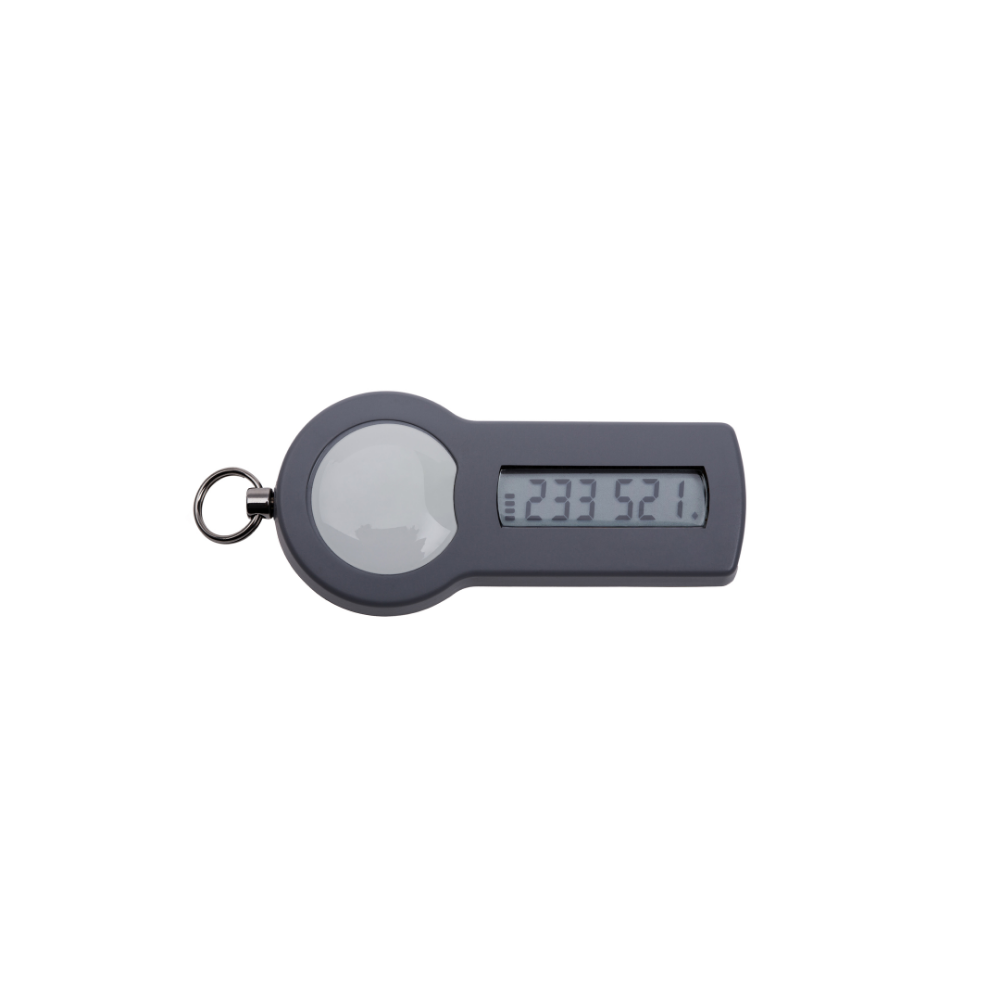Cybersecurity in 2024: 27 Essential Stats Every Small Business Should Know
Small businesses are increasingly targeted by cyberattacks, challenging the misconception that hackers only focus on large enterprises. In reality, ...

Updated October 3, 2021
Once upon a time, a simple login and password was sufficient to keep your valuable business and client data safe. But, just as technology has become smarter and more efficient, so have cybercriminals; always on the lookout for ways to target and victimize small to medium-sized businesses (SMBs) just like yours.
Enter two-factor authentication: an essential step for improving your online security and protecting your organization from malicious hackers.
If you're concerned that you may not have the experience or knowledge to create the IT policies needed to have two-factor authentication properly put in place, you may want to consider reaching out to a managed services provider that specializes in network security.
Often referred to as 2FA, dual-factor or two-step verification, this online security process requires users to identify themselves via two different authentication methods.
Instead of depending on single-factor authentication (SFA), such as a lone password, 2FA requires both a password and secondary form of verification - i.e. and inherent factor (fingerprint, eye scan or other form of biometric), or physical token (key card, mobile app or other token device).
Some businesses may want to consider using Multi-Factor Authentication (MFA), which is much more secure and can even affect your business insurance.
In addition to the traditional passwords, physical tokens and biometrics mentioned above, other authentication factors may include:
Access is based on the user’s location. Tracked via IP addresses, GPS data, or other form of location intelligence, authentication attempts made outside the designated area will be rejected.
Authentication is granted within a specific timeframe only. Any attempts made outside the established timeframe will be rejected.
Keep in mind, using the same two factors (i.e. two passwords) doesn’t count as two-factor authentication. True 2FA is based on two varying factors, such as a password and location factor.
Two-Factor authentication can be broken down into three simple steps:
Once this code is entered, the user is authenticated and can now access the application or website.
Canadian small businesses suffering a data breach were down for an average of 59 hours at a cost of $1.1 million in a single year.
If you hope to avoid becoming another small business statistic, you need to verify people are who they say they are.
Simple, scalable security platforms such as Cisco Duo can help SMBs protect their clients, employees and data by providing affordable 2FA solutions.
Effective and secure the Cisco Duo, in particular, can be easily integrated to protect every point of access (on-location, cloud and web-based applications).
An all-in-one platform, Duo allows you to verify user identities, assess the health of your devices, set adaptive access policies and much more.
GAM Tech, has teamed up with the experts at Cisco to deliver the ultimate in zero trust SMB security solutions. To learn more about two-factor authentication and our many other IT security services, we invite you to book your FREE Consultation today.

Small businesses are increasingly targeted by cyberattacks, challenging the misconception that hackers only focus on large enterprises. In reality, ...

What Is Multi-Factor Authentication: A Small Business Guide There's much more than passwords at risk when you think about cybercrime today: your...